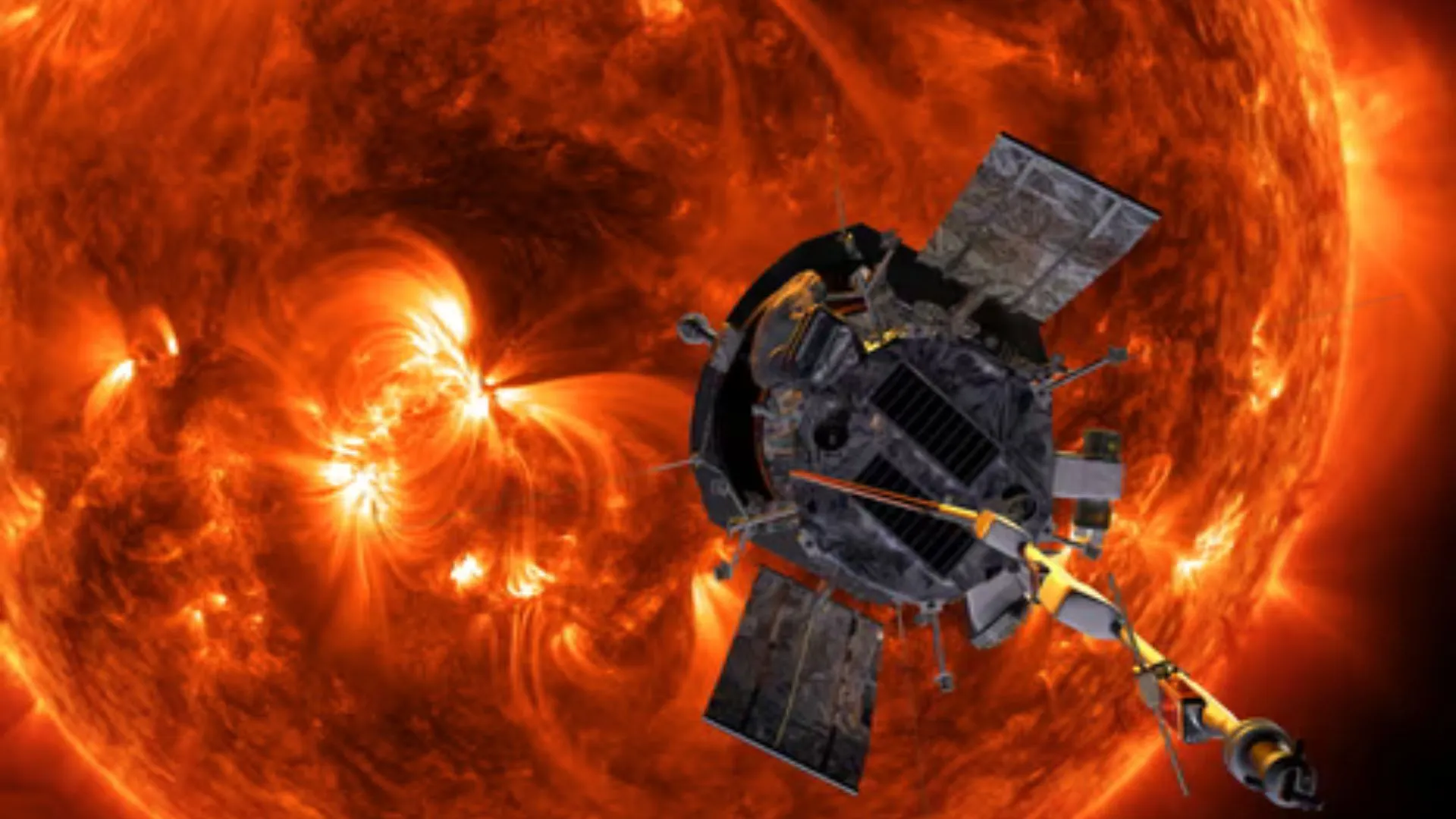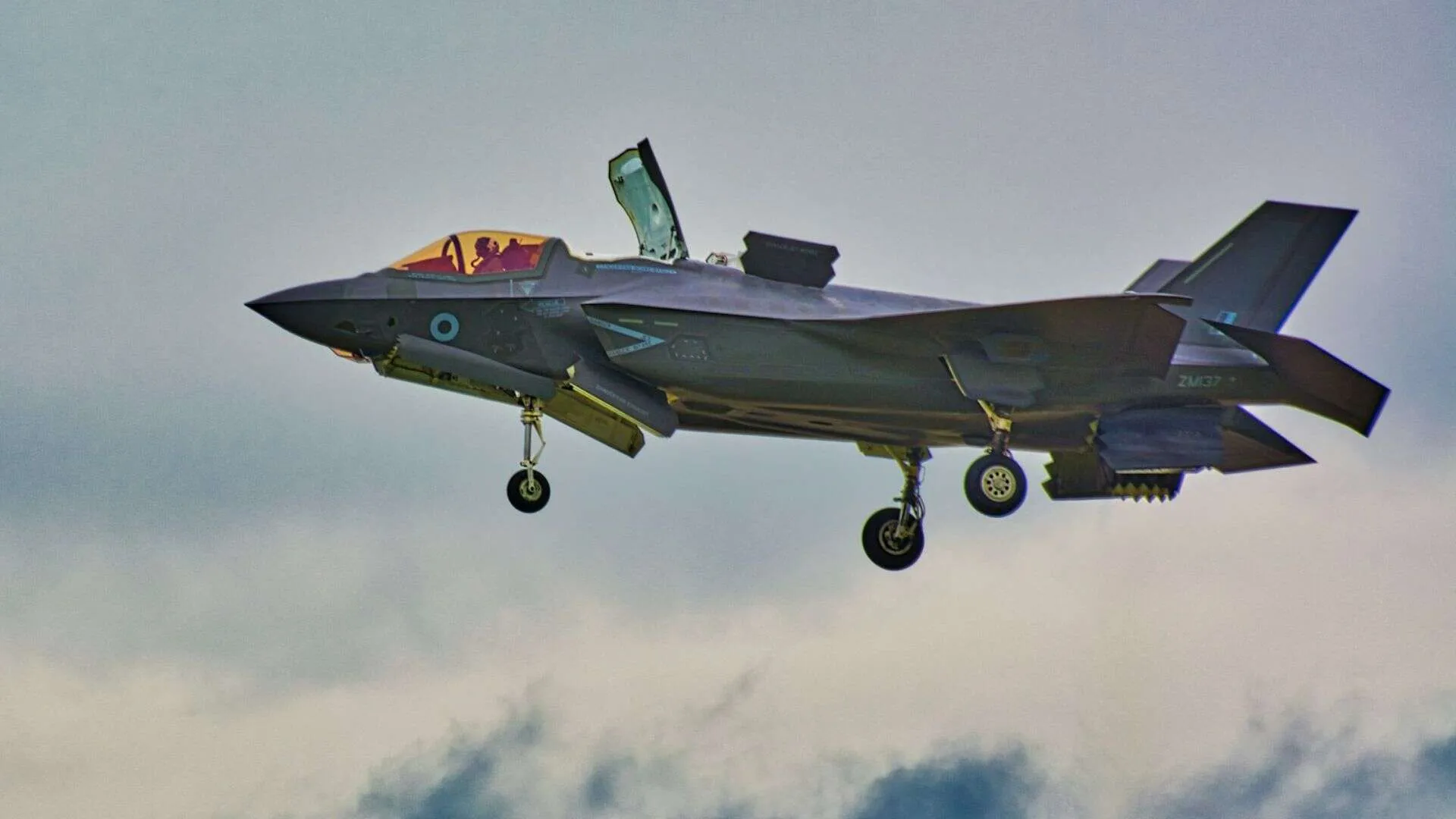NASA announced on Friday that its Parker Solar Probe is “safe” and functioning normally after achieving the closest-ever approach to the Sun by a human-made object. On December 24, the spacecraft flew within just 3.8 million miles (6.1 million kilometers) of the solar surface, entering the Sun’s outer atmosphere, known as the corona.
The operations team at the Johns Hopkins Applied Physics Laboratory in Maryland confirmed they received a beacon signal from the probe just before midnight on Thursday, indicating its successful operation. NASA stated that the spacecraft is expected to transmit detailed telemetry data regarding its status on January 1.
Extreme Conditions and Scientific Goals
Traveling at speeds of up to 430,000 mph (692,000 kph), the Parker Solar Probe withstood extreme temperatures reaching up to 1,800 degrees Fahrenheit (982 degrees Celsius). This unprecedented close-up study of the Sun enables scientists to gather crucial measurements that will enhance understanding of various solar phenomena, including how material in the corona is heated to millions of degrees, the origins of the solar wind—a continuous flow of material escaping the Sun—and the acceleration of energetic particles to near light speed.
Launched in 2018, the Parker Solar Probe has been gradually maneuvering closer to the Sun, utilizing gravitational assists from Venus to tighten its orbit. This mission is expected to provide valuable insights into the Sun’s behavior and its impact on the solar system.























